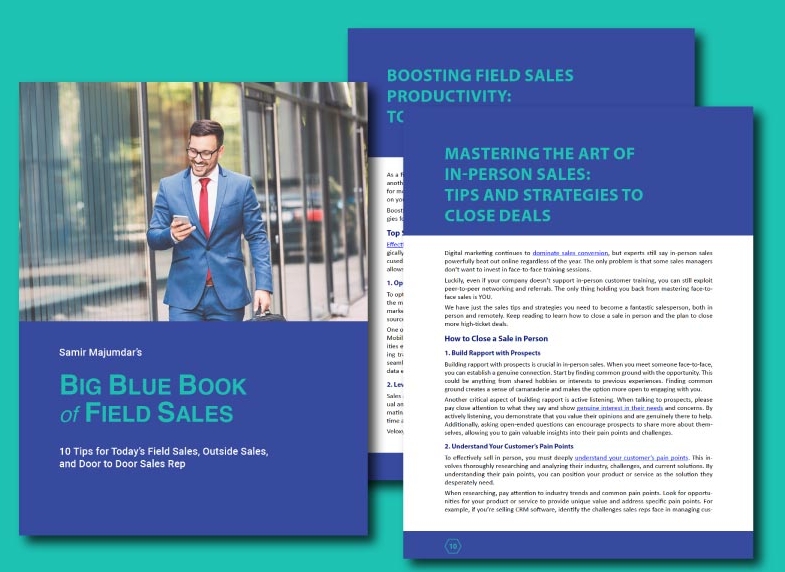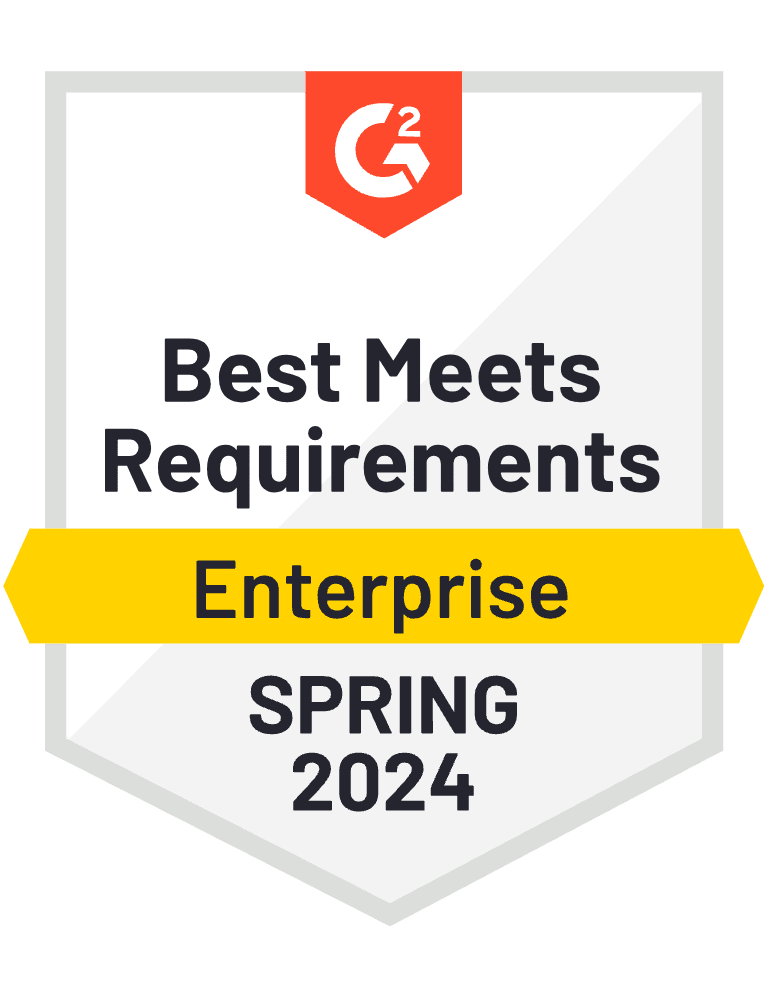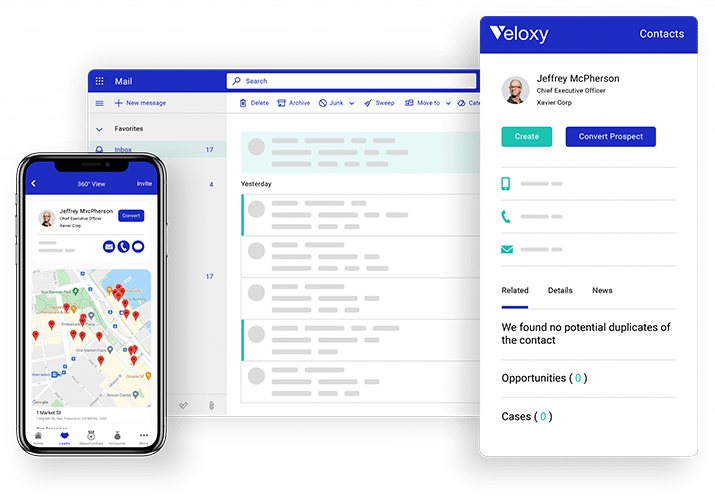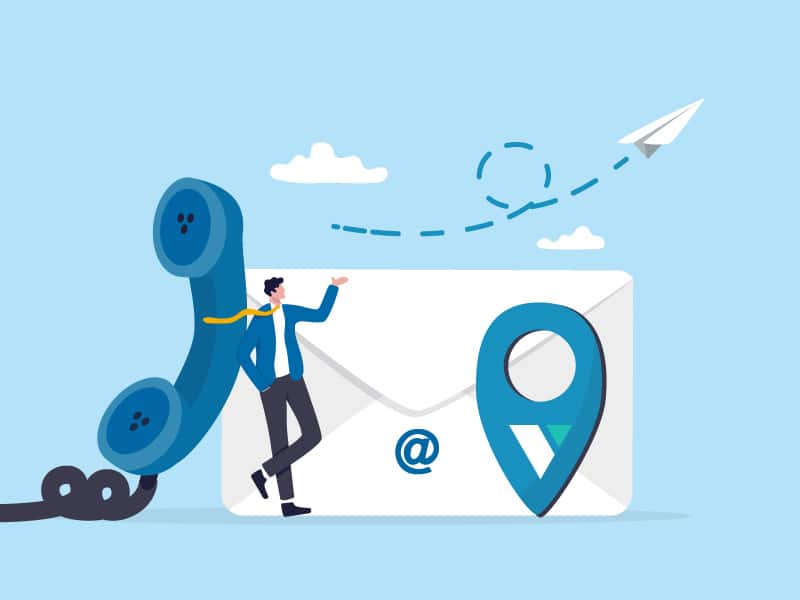1: Reframe Target’s Mindset
Is the glass half full or half empty? It really doesn’t half matter as long as they’re focusing on buying the glass and not what’s in it. Just take a bit of data or information that they can’t argue with and use it to adjust their viewpoint. Show your prospect that it’s really not as bad or as tough as they think.
You could actively overhaul someone’s point of view with as little as 10 words. If your prospect is haggling hard about the price, show them how small the actual amount is and they know they can afford it. You could say, “C’mon man, $10 per month is nothing; barely the cost of one drink over at the bar.” Nothing like a little hypnosis to get things going.
2: Try Try Again
In a recent experiment, 100 people were tested to see whether repeating selective information could potentially change opinions. The hundred students were given two different job applications and had to decide which of them was more qualified. However, both applicants had equal positive and negative attributes.
After the initial decision, they were then paired with someone extremely confident in supporting the opposite candidate. Asked again, over 72% of the hundred changed their mind. And when you think about it, how many times have you bought a product only to covet another one due to dismal differences? Whether in email or face to face, insist confidently and repeat the main point to prospects.
3: Authenticity Attracts Trust
In the words of a famous rapper, “Real recognize Real.” Sure, we all know we trust people who are honest and real with us. But did you know that literally each and every consumer feels the same way?
If your brand is honest, open, and transparent, you can look forward to retaining all your customers for life. And happy ones at that! However, try to bullshit your customers and you can prepare to close shop real quick.
4: Social Proof Equals Willingness to Buy
Riddle me this – why do we all laugh harder when sitcoms give us that fake, canned laughter from an audience machine? I mean, we know it’s not real; but that doesn’t stop us from laughing along. The answer’s pretty simple. It’s because we base our judgment on other people as well!
So instead of tooting your own horn, let your customers do it for you. It’s more effective and much easier since people tend to trust their peers. Customers are actually more likely to buy a product if there are customer names and testimonials from peers.
5: Specificity Breeds Believability
I’ve got two sentences here for you to skim through.
i) Repeating information leads to changes in opinion.
Here’s the second one pulled from section 2.
ii) In a recent experiment, 100 participants showed that repeating selective information is likely to change opinions.
Which of those two sentences made you more confident in the effect of repeating information? With precise details, factual statistics and answers to all questions, your prospect won’t have nay choice but to believe what the numbers are saying.

























Thanks to our increasingly hectic lifestyles, nobody’s got time to waste anymore. Especially not on strangers trying to hawk one thing or another. Factor in the relentless competition and it’s literally the worst time to be a salesman. Heck, even salespeople hate receiving cold calls from other inside sales and field sales reps. Did someone say hypnosis?
If you’re solely reliant on a canned elevator pitch and sheer luck to hit your quotas, you’re looking at a lot of hungry nights and empty accounts my friend. So, how does a savvy salesman gain a competitive advantage over the rest?
Call it magic, call it cheating. But knowing how difficult it is to convince prospects these days, it makes sense to use all the tools at your disposal to outdo the competition.
One of the most effective ways to make prospects open to suggestion is by way of covert hypnosis. And before you get all skeptical, we’re not talking about the overly exaggerated ‘you will follow all my commands’ swinging pendulum kind of hypnotherapy.
Covert hypnosis is a bit stealthier and backed by science. But why and how exactly does it work? This segment looks at all the different hypnosis techniques that could turn a below average sales rep into a psychological assassin.
What is Covert Hypnosis?
Also known as sleight of mouth, covert hypnosis can be described as an attempt to establish communication with another person’s unconscious mind (subconscious). The main difference between this and other types of hypnotherapy is that the subject remains unaware or uninformed of the hypnosis – hence the keyword covert. It’s a very popular practice among proponents of neuro-linguistic programming.
Here, the main goal is to overcome fears and change someone’s behavior at a subconscious level in such a way that they believe they made choices all on their own. In other words, it’s real life inception – only without both DiCaprio and the huge Hollywood budget. When covert hypnosis is done correctly, the target doesn’t even sense anything out of the ordinary.
Unlike standard hypnotherapy that requires the subject’s full attention; covert hypnosis focuses on softening prospects through subtle means and techniques that revolve around interrupting a person’s regular thought pattern. Which brings us to our topic of the day – using pattern interrupt to make prospects more open to suggestion.
Pattern Interrupt
On a typical day, the average person can have up to 50,000 or more thoughts. But what’s more intriguing is, over 90% of these thoughts are literally the same thing every day. Here’s what we mean.
Everyone tends to follow the same routine every day – so it makes total sense that your general thought pattern is the same from morning to night. Here’s where pattern interrupt comes in.
As the name suggest, pattern interrupt is geared towards disrupting these thought and behavioral patterns in a number of ways with the aim of opening up a prospect to suggestion. A common example of pattern interrupt is the awkward half handshake half fist pump. If one person goes for a handshake and the other a fist pump, both of them interrupt each other’s regular behavioral patterns.
As a response, both people conform and change their greetings leading to an even more awkward back and forth open and clench. That’s a classic case of interruption by redirection with other techniques being confusion, blocking, distraction, and system overload.
Let’s review four different methods of pattern interrupt:
1. Blocking
This is one of the boldest and most direct ways to interrupting thought and behavior patterns. Blocking means literally preventing your prospect from completing a typical action while still remaining covert about it.
Common blocking techniques include interrupting someone mid sentence or talking over them before they can finish a thought. Not responding appropriately also has the same effect and is especially useful when talking over the phone. If you’re meeting a prospect in person, you can also apply powerful techniques that interrupt their cognitive strategies and accessing cues.
Here’s what we mean. People tend to have similar eye accessing cues depending on what they’re thinking. For instance, most people look left when constructing images or lying and right when having an internal dialogue and remembering images.
By calibrating your prospect with a few questions and identifying their eye accessing cues, you can then block these cues with hand motions to get a desirable and truthful response. It’s quite similar to using body language to increase sales.
2. Redirection
Rather than stopping a pattern dead in its tracks by blocking it, redirection offers a more reliable way to divert mental and behavioral patterns. This can be as simple as a slight misdirection or full on total distraction.
Here’s an example that most people in sales already use. Say you’re in the middle of a product demonstration and your prospect asks the question – “How much does it cost?” Immediately, you want to start answering as quickly as possible but then redirect the question with one of your own.
This goes something like, “Well, our product ranges anywhere from $80 to… (stop and redirect with)… You gotta have a good reason for asking the price so early in the demo, care to share why?
Another example, “How do I know you’ll deliver on time?” The savvy salesman response should be – “Given the size of our fleet and delivery staff, we usually… (stop and redirect with)… Hold on, what does on time mean to you?” As you can see, the main aim of redirect is to gather additional information that will help you tailor your presentation on the fly.
3. System Overload
Just like computers, the human mind can also be overloaded when a certain representation channel processes way more data than it can handle. Overloads actually happen almost every day in our lives. A good example is when a place is so noisy you can barely hear yourself think.
Another relatable example is when you feel so good you don’t know what to do. That’s right, things like sex overloads the pleasure channels throwing all inhibitions out the window. Now, we’re not telling you to have sex with your prospects.
However, you can overload their other sensory inputs such as the visual, olfactory, and auditory senses. This can be achieved by simple acts such as holding colorful, vibrant demos, dressing sharp, or even just wearing good cologne.
4. Confusion
The most popular confusion techniques can be credited to the hypnotic works of Milton H. Erickson. In a large number of these, Milton emphasized on the use of verbal ambiguity to confuse people and make them more suggestible.
If your prospect’s attention starts wandering off for instance, you could stop mid sentence and touch the person in a few places such as the shoulders and arms. This is enough to take anyone aback and wonder what’s going on. The technique doesn’t end there.
Once your prospect asks for an explanation, ask them a question like, “Which time were you touched more times than the previous time before I touched you ?” Needless to say, this is an ambiguous question that will confuse your prospect and put their thinking process on hold for a moment. Seize this chance to get them back on track and open them up to suggestion.
Covert Hypnosis - Persuasion Techniques
Some people are natural salesmen who seem to know exactly what to say, how to say it and when to say it. These super sales reps are able to guide a prospect from the beginning all the way until the sale is made. For a small percentage of top tier sales persons, their skills are completely natural and almost automatic.
But for the rest of us, it’s all about training and learning new skills. Fortunately, covert hypnosis is one such skill that can be learned and mastered. The tips above should help you get a jump start to your crystal ball of sales and acquire the skills you need to overcome prospects fears and change their habits to your advantage.
Remember that while these techniques won’t work 100% of the time or even for everyone, they’ll certainly help you better understand your prospects thought process, gather essential information and use it to your advantage.
Powerful Persuasion Techniques to Use in Sales
Persuasion – a process with the sole objective of changing a person’s attitude and behavior towards an event, person, object, or idea. The good news is, everyone is susceptible. The bad news? So are you.
In sales, you only get a small window of opportunity to capture a prospects attention and proceed to convince them to part with their hard earned money. Fortunately for the informed, persuasion is a very powerful tool. One which I intend to teach each and every one of you here today to wield at your leisure.
Six Hypnotic Selling Techniques
When we talk about persuasion techniques, there are typically two approaches. One model pushes people deep into a hole until there’s no other choice but to fall in. Another uses Spock-like logic to emphasize just how tough things are outside the hole and the merits of being in there! See, it’s all about creating perceived value – the worth of your service or product in a consumer’s mind. And here’s how you do it.
1: Reframe Target’s Mindset
Is the glass half full or half empty? It really doesn’t half matter as long as they’re focusing on buying the glass and not what’s in it. Just take a bit of data or information that they can’t argue with and use it to adjust their viewpoint. Show your prospect that it’s really not as bad or as tough as they think.
You could actively overhaul someone’s point of view with as little as 10 words. If your prospect is haggling hard about the price, show them how small the actual amount is and they know they can afford it. You could say, “C’mon man, $10 per month is nothing; barely the cost of one drink over at the bar.” Nothing like a little hypnosis to get things going.
2: Try Try Again
In a recent experiment, 100 people were tested to see whether repeating selective information could potentially change opinions. The hundred students were given two different job applications and had to decide which of them was more qualified. However, both applicants had equal positive and negative attributes.
After the initial decision, they were then paired with someone extremely confident in supporting the opposite candidate. Asked again, over 72% of the hundred changed their mind. And when you think about it, how many times have you bought a product only to covet another one due to dismal differences? Whether in email or face to face, insist confidently and repeat the main point to prospects.
3: Authenticity Attracts Trust
In the words of a famous rapper, “Real recognize Real.” Sure, we all know we trust people who are honest and real with us. But did you know that literally each and every consumer feels the same way?
If your brand is honest, open, and transparent, you can look forward to retaining all your customers for life. And happy ones at that! However, try to bullshit your customers and you can prepare to close shop real quick.
4: Social Proof Equals Willingness to Buy
Riddle me this – why do we all laugh harder when sitcoms give us that fake, canned laughter from an audience machine? I mean, we know it’s not real; but that doesn’t stop us from laughing along. The answer’s pretty simple. It’s because we base our judgment on other people as well!
So instead of tooting your own horn, let your customers do it for you. It’s more effective and much easier since people tend to trust their peers. Customers are actually more likely to buy a product if there are customer names and testimonials from peers.
5: Specificity Breeds Believability
I’ve got two sentences here for you to skim through.
i) Repeating information leads to changes in opinion.
Here’s the second one pulled from section 2.
ii) In a recent experiment, 100 participants showed that repeating selective information is likely to change opinions.
Which of those two sentences made you more confident in the effect of repeating information? With precise details, factual statistics and answers to all questions, your prospect won’t have nay choice but to believe what the numbers are saying.
Final Thoughts
The better you are at creating perceived value, the quicker you can get people talking about your product. It’s like a sell me this pen type of scenario. A great response will lead to even more people buying it because your brand comes highly recommended by friends and family.
However, you need to know your customers better before you can begin to understand how to reach them. And this is where Veloxy comes in. With Veloxy, companies can keep track of all their consumers’ needs, behavior patterns, and expectations as they proceed.
Sales leaders can then use this data to generate forecasts and predictions that will not only improve the overall experience of multiple services and business operations, but also help in creating highly accurate buyer and sales personas. With these personas, it’ll be easy to know what type of customer or sales rep you’re dealing with so you can tailor their experience.
Checkout 5 Stars Veloxy reviews in Salesforce AppExchange, Capterra, G2Crowd and Sourceforge
FAQ
Can Hypnosis be Used in Sales?
Absolutely! Hypnosis, especially covert hypnosis, has evolved from the stuff of parlor tricks to a scientifically-backed tool that can have a place in various fields, including sales. It’s not about wielding a swinging pendulum and intoning, “You are getting very sleepy.” It’s far more subtle and psychological.
What is Hypnotic Selling?
Hypnotic selling isn’t abracadabra but it might as well be magical for how effectively it can work.
Do Successful People Use Hypnosis?
You bet they do! Let’s dispel the myth that hypnosis is all about stage tricks and mind control.